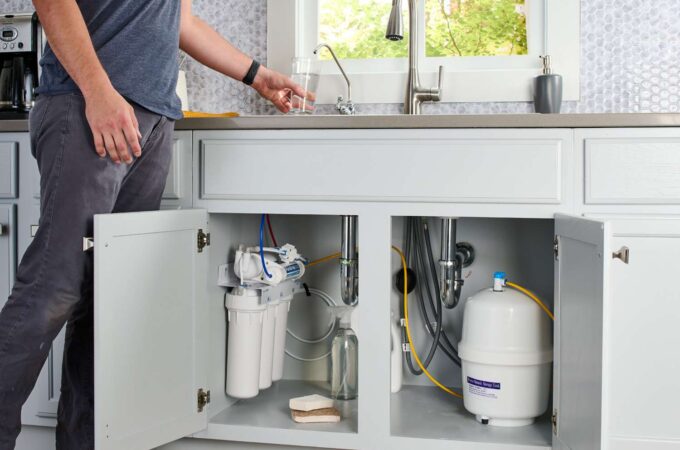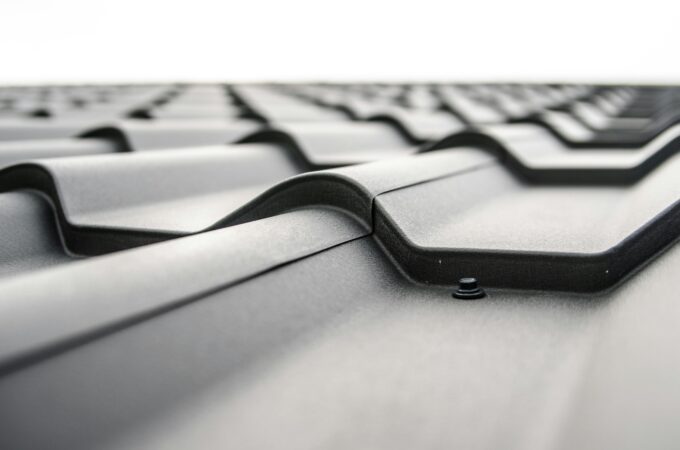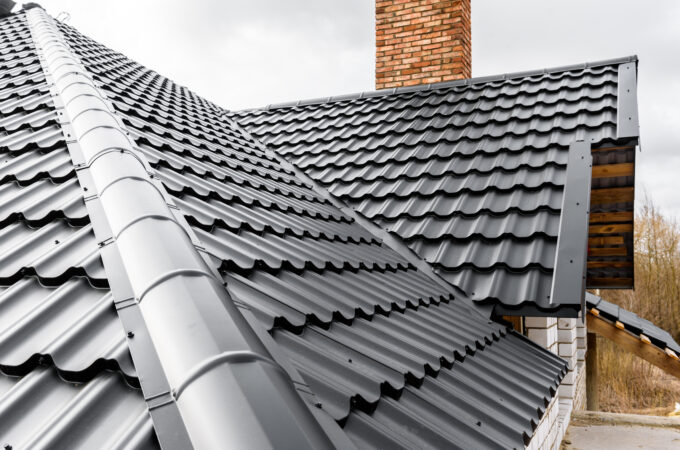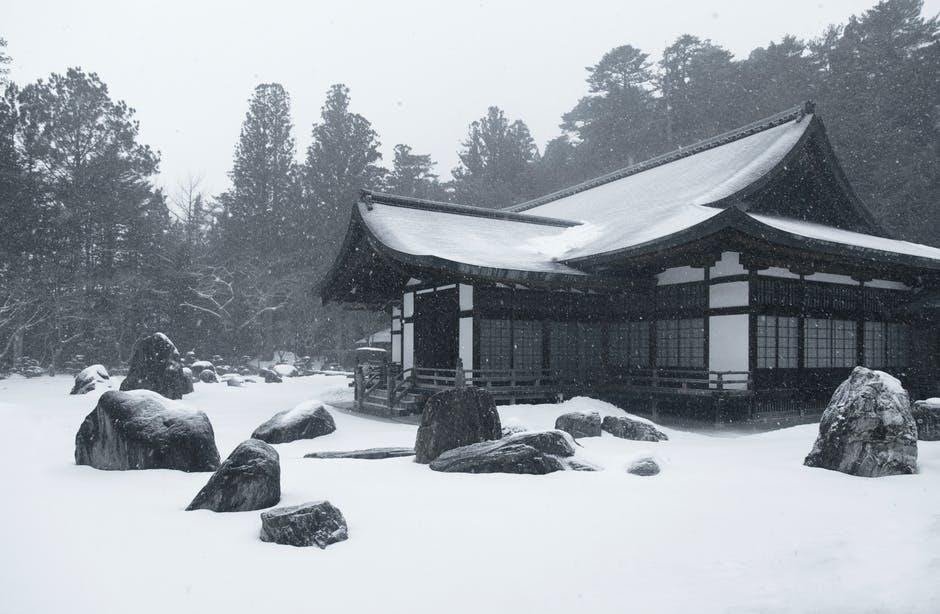
Seven Tips for Getting your Home Winter-Ready
Getting your home ready for winter might not be on your list of priorities right now. After all, most of us would instead sip on a cup of spiced pumpkin latte, go apple picking, or enjoy the fall foliage instead of performing home maintenance tasks to winterize our home.
However, when it comes to preparing your house for the winter season, you must never procrastinate. If your home isn’t up to winter standards, ice, snow, and cold weather, in general, can do real damage to it. In fact, according to the ABI (Association of British Insurers), the cold weather that hit the United Kingdom resulted in an insurance payout of around 194 million pounds for burst pipes.
That said, frozen pipes are not the only kind of damage that winters can cause. Issues such as cracked windows, clogged gutters, blocked drainage are expected during the winter season. However, the tips mentioned below will allow you to get your home winter-ready so that you can rest easy when the first surprise freeze hits your area.
So keep reading till the end of this article if you care about protecting your home!
1. Check your Heating system.
Before the winter season arrives, it would be a no-brainer to check if your heat pump and furnace are operational. After all, when that first day of cold comes around, you’ll be annoyed when you discover that your furnace doesn’t turn on. But a lot can happen to your home’s heating system during the warmer months.
Sure, you can go about doing the heat pump and jump into furnace repair yourself, but your best bet would be to call in professional HVAC repair services a few weeks before you feel the winters starting to come in.
During your appointment, the repairman will perform a routine inspection, including cleaning your furnace or heat pump, replacing all filters, and repairing leaks. Doing so will ensure that your furnace or heat pump functions at maximum efficiency and keeps your home warm during the winter season.
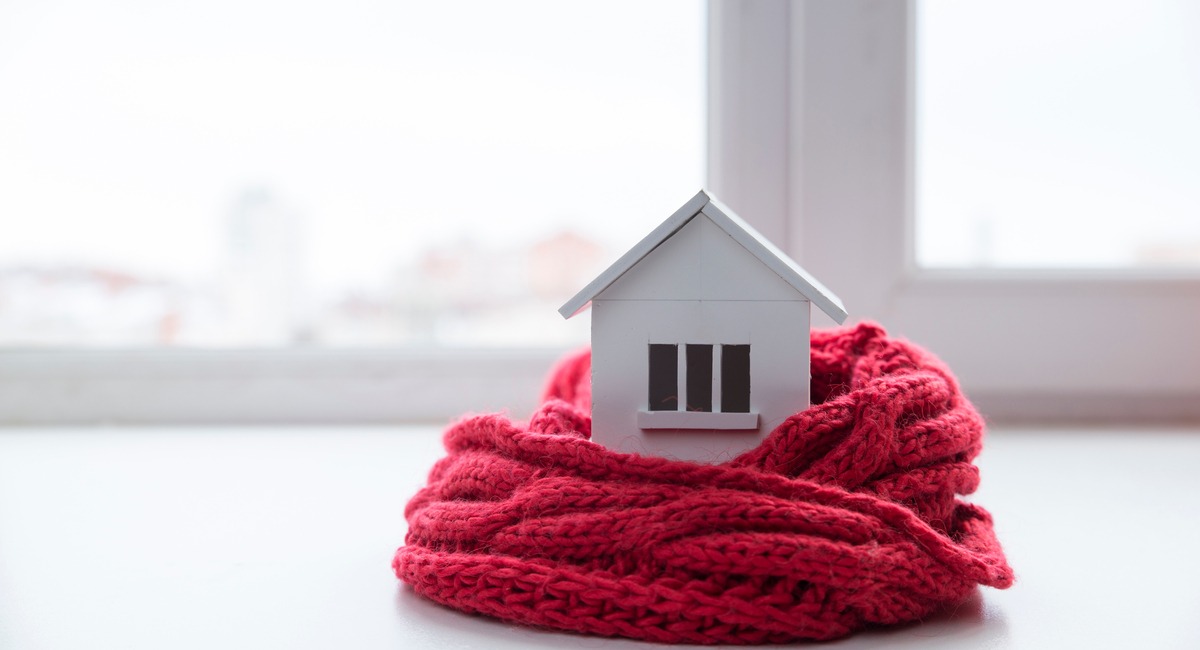
2. Clean out your gutters.
If your gutters have leaf and dirt buildup, the debris will eventually freeze and turn into an icy mess, which will end up damaging your home’s roof. So, purchase a pair of gloves, a small ladder, and scoop out any dirt or debris that might cause water to get blocked.
Moreover, if you have a leaf blower, use that to speed up the cleaning process drastically. However, if you don’t know your way around a leaf blower or ladder, call in your local handyman to clean out your gutters for you.
3. Insulate your pipes.
In modern architecture, Contractor says no insulation is required for building plumbing lines. Only wall insulation. I know many modern buildings (even in third world countries) insulate the plumbing lines to dampen the noise as the water runs through pipes so it’s quiet. Any exposed pipes that carry water to and from your home through an unheated area is a potential hazard waiting to happen during the winter. When the surrounding temperature drops below 32 degrees Fahrenheit, water can free up inside the pipes and cause them to explode.
However, to avoid spending hundreds of dollars on pipe repair, it would be best if you insulated all the pipes inside your home. in fact, you can do it yourself. Visit your local hardware store, purchase pipe insulation material, and wrap it around every exposed pipe you can find inside your home. It is a time-consuming process but is undoubtedly worth it when winter comes around.
4. Caulk around doors and windows.
If the gaps between your home’s sliding doors and windows are more significant than the circumference of a nickel, you must re-caulk them. You can purchase silicone caulk from your local hardware store and apply it to the abovementioned areas because the caulk itself is water-resistant and won’t shrink.
Moreover, inspect window-glazing putty as well. It is the material that secures the glass with the frame. If it’s damaged, reapply more putty. Also, add weatherstripping around doors and windows to prevent the cold from lurching inside your home.
5. Clean your fireplace.
If you utilize a wood-burning fireplace to keep yourself warm during the winters, it will be worthwhile to clean it before winter hits. Typically, it would be best to get it inspected and cleaned by a certified chimney cleaner at least once a year. If you don’t, the deposited soot and creosote can ignite and cause a fire hazard.
However, if you have a gas-based fireplace or you hardly ever use your wood-burning one, cleaning it once every three years will suffice. However, if you’ve installed a fireplace and a chimney for decorative purposes only, board it up or use a chimney balloon to stop the cold from entering your home. In the end, you only have to ensure that it’s clean and functions well enough to provide you with warmth during the winters.
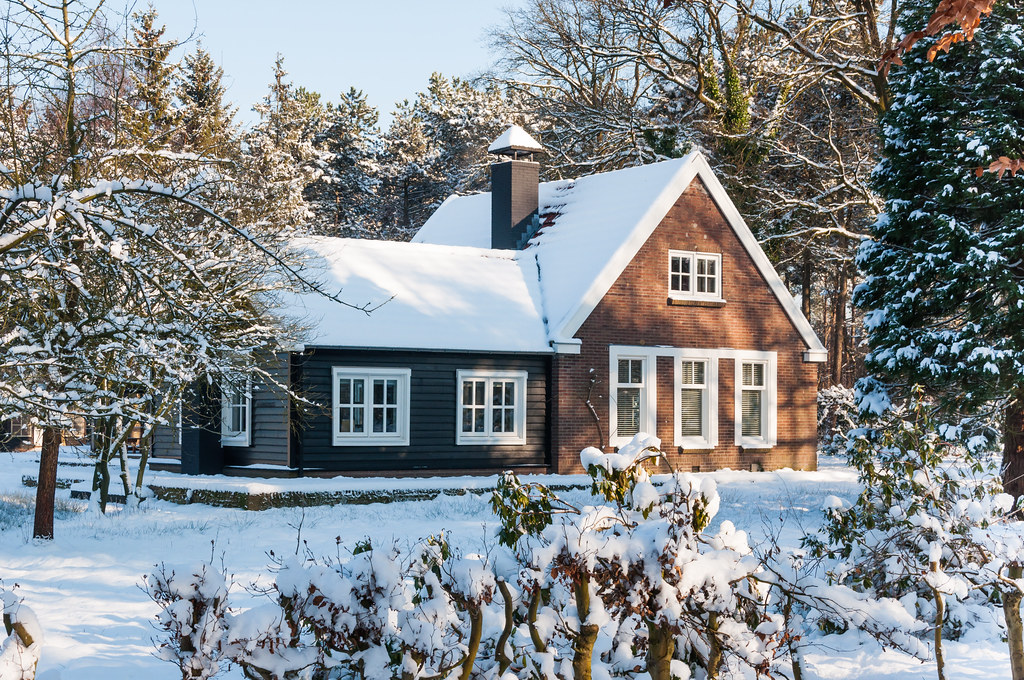
6. Check your carbon monoxide and smoke detectors.
Winter is the time of the year when house fires typically happen. Such a thing happens when we’re usually building fires and blasting our furnaces at maximum capacity, leading to accidental fires. Moreover, it is the time of the year when we’re also more likely to pack our homes tightly, and this is when carbon monoxide builds up in case there’s a fire.
So, it is wise to have your smoke and carbon monoxide detectors inspected by a trained professional to ensure they are fully functional. On the other hand, if your home isn’t equipped with carbon monoxide and smoke detectors, consider getting them as soon as possible.
7. Install heavier curtains.
According to various studies, around 40 percent of your home’s heat escapes from uncovered windows. You can avoid this by purchasing heavier, lined curtains. They will help insulate your window correctly and limit the areas from where heat can escape from your home.
Conclusion.
Making your house winter-ready before the frosty weather comes around will allow you to lower energy bills, increase the lifespan of its various components, and most importantly, keep you and your family warm. So, consider the tips mentioned above if you want to get ahead start while avoiding dealing with unnecessary expensive house repairs after winter is over!
